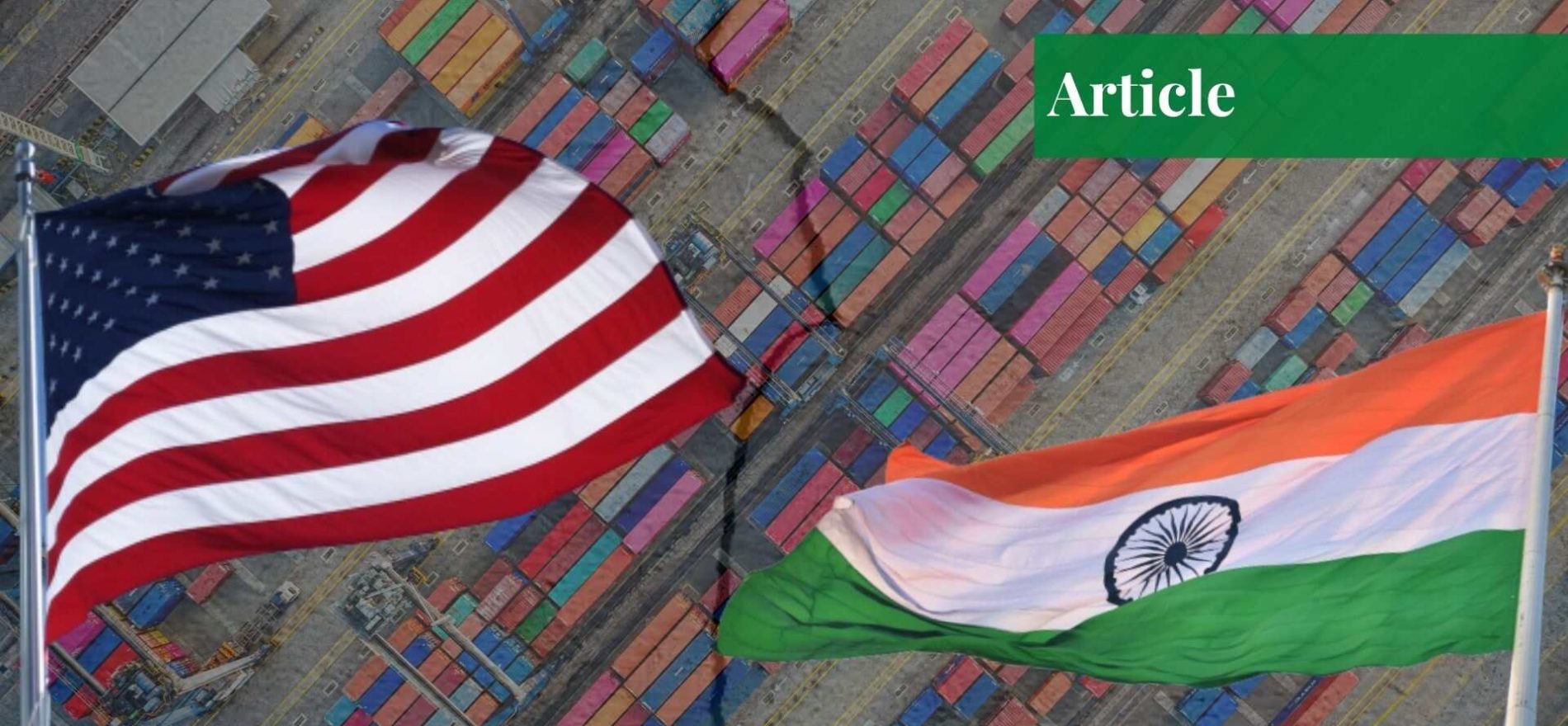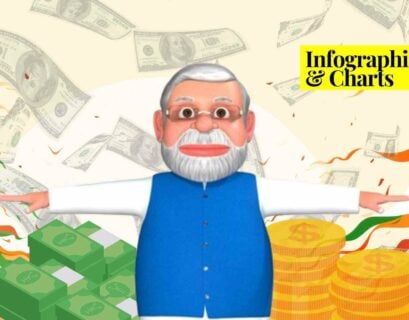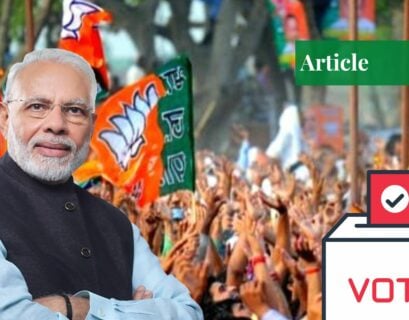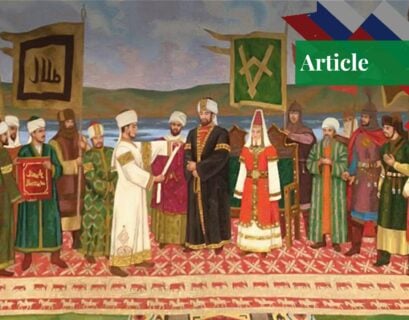Indian Independence and the Cold War
The end of the Second World War in 1945 saw monumental paradigm shifts in international affairs; with the collapse of European Empires resulting in the independence of numerous colonies, and the growth of a new world order with the United States and the Soviet Union on opposing ends.
As the years progressed, the animosity grew, and the period in world history from the end of the Second World War till 1992 – when the Soviet Union collapsed – has come to be known as the Cold War. Gaining its freedom against the backdrop of the Cold War, the Republic of India – like myriad other ex-colonies – found itself forced into a choice between which of the blocs of power it would throw in its lot with, in return for economic and military aid.
Despite initial overtures to America, with Prime Minister Jawaharlal Nehru’s visit to America in 1949, India soon took a lead in the Non-Aligned Movement. The Non-Aligned Movement was formalized during the Bandung Conference in Indonesia in 1955. The conference was attended by over two dozen post-colonial Afro-Asian states, with Pakistan, India, Indonesia, Burma and Sri Lanka being the co-sponsors of the meeting.
The Non-Aligned Movement
The Bandung Conference outlined the perspective of these nations on the Cold War and their policy of non-alignment; of choosing neither the American-led nor the Soviet-led blocs, but existing independent of the Cold War. This policy of non-alignment arose from the recognition of the horrors that these nations had experienced under foreign domination, subjected to the political conflicts between their colonial masters.
After all, the Indian subcontinent provided the largest volunteer force during the Second World War, fighting for the Allies. The countries at the Bandung Conference were reluctant to be dragged into another European conflict, and so chose a policy that allowed them the freedom to establish diplomatic and economic relations with either party, without committing to the political ideologies and conflict of the US and the Soviet Union.
Vacillating Between Russia and the US
However, India soon found itself embroiled in a border conflict with the neighbouring People’s Republic of China in 1962, which forced it to appeal to the US for aid, which they readily provided, hoping to gain India as a strategic ally. However, after its failures in this border war, the Indian government pushed for military modernisation to prepare for future conflicts, modernisation that was supplied almost exclusively by the Soviet Union.
Despite the early 1960s cooperation between the US and India – which brought about the Green Revolution – political relations remained tense due to India’s military ties with the Soviet Union and the US’s support for Pakistan during the 1971 War in Bangladesh, which was East Pakistan at that time. India’s controversial nuclear program in the 1970s, combined with Pakistan’s collaboration with America during the Afghan War of the 1980s, contributed to the continuing coldness of the US and India relations during this period.
Despite efforts made by Indian leaders like Indira Gandhi in the 1980s, relations between India and the US were severely harmed by the chemical leak at the American-owned Union Carbide Plant in the Indian city of Bhopal in December 1984. Though discussion of the causes remains contested, the Indian government maintained that the leak, resulting in thousands of deaths and hundreds of thousands of injuries and illnesses, was caused by criminal negligence on the part of the higher-ups in Union Carbide, including the CEO Warren Anderson.
Anderson was charged with manslaughter by the Indian Supreme Court, but the United States refused to extradite an American citizen to India, hurting relations between the two countries in the wake of this disaster. The Bhopal leak has come to be known as one of the worst – if not the worst – industrial disasters in history.
Turn of the Century
Even though the United States played a mediating role in helping end the Indo-Pak conflict in Kargil in 1999, relations between India and the US cooled throughout the last decade of the 20th century, mostly due to India’s continued nuclear testing, which the US had disapproved of. However, a trip by US President Bill Clinton in 2000 to India – the first by an American President since 1978 – signaled a change in their relations.
With the Cold War having ended with the dissolution of the Soviet Union in late 1991, Pakistan ceased to be an attractive ally for the Western bloc in its attempts to stem the tide of Communism and Soviet expansionism in South Asia, as it had done in Afghanistan in the 1980s. Subsequent years saw trips to India by American Presidents George W. Bush (2006), Barack Obama (2010 and 2015), and Donald Trump (2020).
Indian leaders, too, visited the US in turn; Prime Minister Manmohan Singh in 2005, 2009, and 2013, and PM Narendra Modi in 2014 and 2017. These visits, and meetings between state officials, have yielded in the signing of numerous economic and defence partnerships and deals, most notably with the US agreeing to end its shunning of India’s nuclear program, symbolised through agreements such as the Civil Nuclear Co-operation Initiative in 2005.
To date, India and the US have signed four major defence and military partnerships, most ostensibly to combat Chinese expansionism and influence in South Asia, mainly in the South China Sea. The “Quad” – the Quadrilateral Security Dialogue – is a four-way military and economic agreement between the US, India, Japan and Australia that seeks to limit Chinese influence in the Indo-Pacific region, through which over one and a half trillion dollars’ worth of trade passed through in 2019.
Over time, the members of the Quad have sought to increase economic cooperation in this region, realizing the dangers inherent to trying to contain China militarily. A growing Chinese military presence in this disputed maritime region is cause for concern for the countries that comprise the Quad and – they argue – for international stability.
Enter Russia
Despite India’s increasing and improving relations with the US, Russia has been one of its oldest partners in economic and military cooperation and aid. Russia is still extremely popular among the Indian public, popularity garnered through constant support in the international arena; Russia has often vetoed and blocked UN intervention in Kashmir, in 1957, 1962, and 1971.
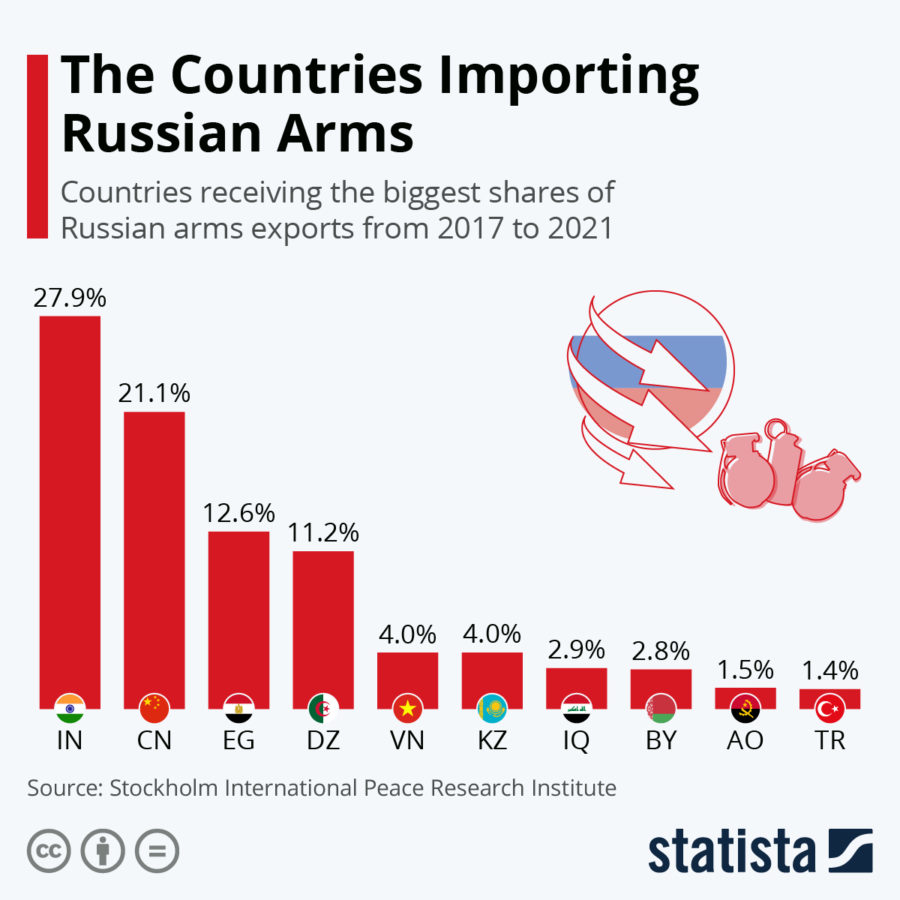
When India controversially removed Article 370 in August 2019, scrapping the special status of Indian-administered Jammu and Kashmir, Russia was the first country among the UN’s P-5 (US, UK, France, China, and Russia) to term it as the internal affairs of India, discouraging international involvement. On the other hand, the Indian public has not yet forgotten American support for Pakistan during the war of 1971 and throughout the Cold War in general.
Furthermore, India and Russia are also members of the BRICS – Brazil, Russia, India, China and South Africa – five of the world’s largest and most important economies, the leaders of which meet regularly to discuss economic co-operation. Before its collapse in 1991, the Soviet Union was also India’s largest trading partner.
In contemporary politics, Russia is also seen as the only country that can have any influence over Chinese policy, an influence that India would like to have on its side, cognizant of the constant tussles it has with China over territory and international trade. Keeping these factors in mind, it is no surprise that the recent Russian invasion of Ukraine has complicated India’s position in the international world.
Implications of the Russian Invasion
It is a war that barely any country in the world supports Russia in, and that even the Russian population has protested against repeatedly, defying draconian anti-protest laws. Evidence of war crimes perpetrated by Russian troops against Ukrainian civilians has surfaced as Ukrainian forces have liberated the suburbs of the capital city of Kyiv, further making matters worse for Russia and the governments that support it, despite Russia’s emphatic denials of any such incidents having taken place.

India has so far remained as neutral as it can on the Ukrainian War. As of yet, it has abstained from all UN votes condemning Russian aggression in Ukraine, reflecting Russia’s support in the UN for Indian affairs in Kashmir. It is carefully balancing this neutrality by repeatedly calling for the opening of humanitarian corridors and ceasefires to prevent the loss of civilian life.
The pressure, however, is on from the West, led by the US and its allies, on India to take a clearer stance on the war, especially because of the recent atrocities that have been uncovered. In light of these, India has openly condemned the killing of civilians in Bucha but hasn’t attributed them to Russia, unlike other countries. However, it remains reluctant to go beyond this. The Indian government is seemingly not afraid to play with fire, though.
In addition to continuing to import oil from Russia, the two governments have also allegedly worked on the creation of a “rupee-ruble” agreement, allowing trade between the two countries to continue in spite of the international sanctions placed on Russia. Whilst the Reserve Bank of India has denied the existence of such an agreement, Indian traders are keen for such an agreement to be formulated, in order to circumvent the obstacle to trade.
However, trade between India and Russia last year was worth only $8 billion, whereas trade between the US and India was worth $150 billion. If India plans to prioritise the former, it may face repercussions with the latter, a trade-off that in purely economic terms seems ridiculous to even contemplate. The question, however, is more than economic, it is a question of honouring the relationship of trust and solidarity built over 75 years.
A Conflicted India
India faces a tough choice, between the friendships of the past and the survival of its present and future. The relations between India and the US have been improving in recent years, reflecting a shift from India’s historical alliances. Russia’s strategic partners have grown to include China – with which it had often remained estranged during the Cold War – and Pakistan, which has shifted away from American influence in recent years.
Whilst Pakistan’s new strategic partnerships remain unclear as of now, given the success of the no-confidence motion against Imran Khan’s incumbent government, India is perhaps reluctant to find itself in a Russian bloc comprising two of the countries with which it has the worst relations.
The US, on the other hand, holds the key to greater amity with the powerful and rich countries of the West, huge markets that the growing Indian economy would be eager to sink its teeth into. It remains to be seen how India conducts itself as the war carries on in Ukraine. While the conflict has died down as Russian forces regroup, the war is far from over, and international eyes are still fixed squarely on Ukraine.
India faces the prospect of social and economic sanctions if it continues to hold a completely neutral stance, but risks upsetting its oldest friend if it doesn’t. The Indian government is carrying out a gravity-defying trapeze act, trying to balance one set of strategic relations against the other. Only time will tell which way the pole will tilt.
If you want to submit your articles, research papers, and book reviews, please check the Submissions page.
The views and opinions expressed in this article/paper are the author’s own and do not necessarily reflect the editorial position of Paradigm Shift.
